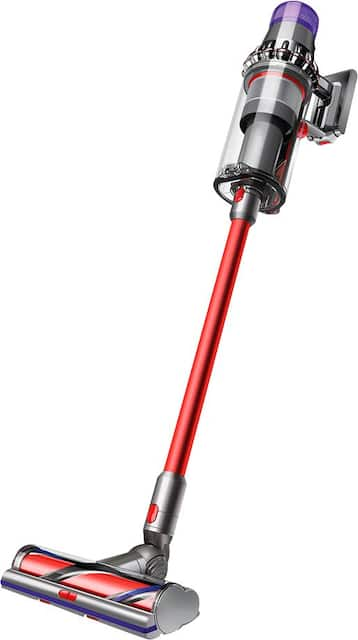Shark® AI Ultra Robot Vacuum with XL HEPA Self-Empty Base, Bagless, 60-Day Capacity, LIDAR Navigation, UltraClean, Smart Home Mapping, Perfect for Pet Hair, RV2502AE
The Shark® AI Robot Self-Empty combines the latest innovations for a whole-home clean. Features include: Shark® suction power; AI Laser Navigation™ for precision cleaning; and a HEPA 60-day capacity base for collecting and trapping dust and allergens.





by Sparky
Have 6 different floors in a 2300 sq ft home and 3 dogs tracking in grass, twigs, leaves, etc. I finally got the robot vacuum after learning this device CAN be used on all my separate floors. It is so easy to use and picks up everything! Had no idea this type of vacuum works so well!!!!! Highly recommend it!
by Rhino
It honestly went beyond my expectations my house is cleaner it’s freed up more time for myself I will buy one for every level of our house.
by Helga
It’s still having a bit of trouble navigating to the right places. I’ve only used it about three times though.
by Toddy
We like this robot, the no tangle roller is great, the only issue I have is that the Advertising for this stated that it does “run or bump into objects”. Well, our does. I was wondering if there is some sort of setting. Still does the job.
by John
I have 2 dogs, House dogs, but you’d never know it!! This is my 4th robot, but my first shark. I can tell you without a doubt, you get what you pay for. It has really impressed me with the mapping and battery life. And how did I ever survive without a self emptying robot??? The warranty is an added bonus! Very much worth the money. I Love it!!
by Matty
This machine cleans like a lawn mower but for all your surfaces.